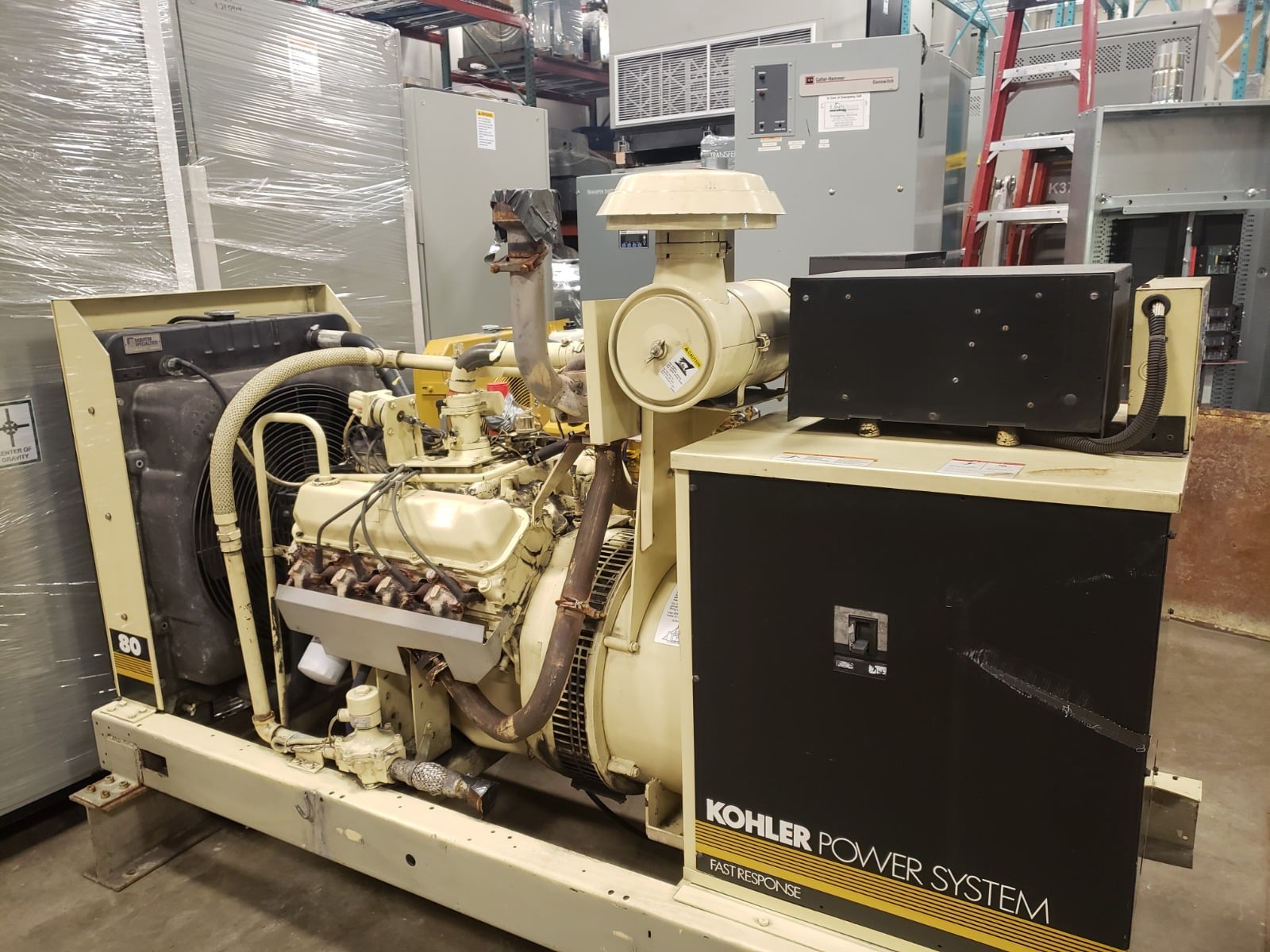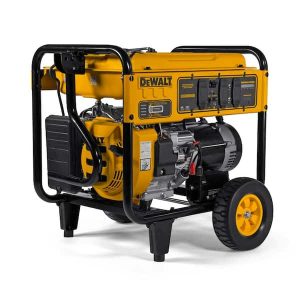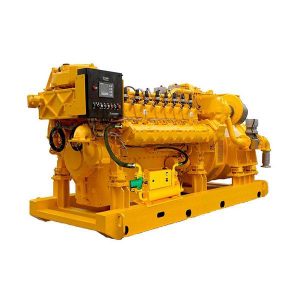Physical Address
304 North Cardinal St.
Dorchester Center, MA 02124
Physical Address
304 North Cardinal St.
Dorchester Center, MA 02124

Gas in generator remains a critical consideration for reliable power backup, with advancements in fuel technology by 2025 extending storage life up to 24 months using enhanced stabilizers.
Modern generators consume an average of 0.5 gallons per hour under load, but improper handling of gasoline leads to 80% of maintenance issues, according to industry reports.
In 2025, eco-friendly blends reduce emissions by 15%, yet require vigilant management to prevent degradation. Proper practices ensure generators are ready for outages, supporting over 50 million households globally reliant on backup power.
With rising extreme weather events, gas in generator management has evolved, incorporating smart sensors in new models that alert to fuel quality.
This innovation minimizes risks, ensuring efficiency and safety in both residential and commercial applications.
Gas in generator fundamentals start with recognizing how gasoline interacts with engine components. Generators rely on gasoline for combustion, but leaving it stagnant can cause issues like phase separation in ethanol blends.

By 2025, gas-powered units dominate the market, powering 70% of portable models due to their accessibility and cost-effectiveness.
Delving deeper, the fuel tank capacity typically ranges from 1 to 10 gallons, influencing runtime. Generator owners must understand that gasoline degrades over time, forming gums that clog systems.
Basic maintenance involves checking for leaks and ensuring proper ventilation to avoid hazards.
Moreover, transitioning to practical use, always use fresh fuel to maximize performance. This foundational knowledge prevents common pitfalls, setting the stage for long-term reliability in generator use.
It is generally not okay to leave gas in generator for extended periods without treatment, as gasoline can degrade within 30 days for ethanol-blended types. In 2025, experts recommend limiting untreated storage to 3-6 months to avoid varnish formation, which affects carburetor efficiency.
However, with proper precautions, short-term storage is feasible. Old fuel leads to starting difficulties in 20% of cases, per maintenance data. Generator owners should assess their usage patterns; infrequent users face higher risks from gasoline oxidation.
Furthermore, for safety, never store full tank quantities indoors. Transitioning to solutions, adding stabilizers makes long-term gas in generator viable, balancing convenience with engine health.
Gasoline storage in portable generators demands adherence to best practices like using approved containers and keeping them in cool, dry areas. In 2025, NFPA 110 guidelines mandate 133% fuel capacity for emergency systems, emphasizing quality over quantity to prevent contamination.
Key strategies include rotating stock and labeling dates. Portable generators benefit from elevated storage to avoid moisture ingress, reducing rust in fuel tanks. Regular inspections ensure no leaks, safeguarding against environmental hazards.
Additionally, integrate ventilation during refueling. This approach not only preserves gasoline but enhances overall generator longevity, smoothly leading to degradation awareness.
Gasoline degrades through evaporation and oxidation, forming varnish that clogs fuel jets and lines. In humid conditions, ethanol fuel absorbs water, accelerating breakdown within 30 days, impacting generator use by causing rough idling or failures.
The effects are pronounced in small engines, where old fuel reduces power output by up to 25%. 2025 studies show that degraded gasoline contributes to carburetor rebuilds in 15% of serviced units, highlighting the need for proactive measures.
Moreover, degraded fuel increases emissions, conflicting with eco-standards. Transitioning to prevention, understanding this process empowers users to maintain peak generator performance.
Adding stabilizer to gas in generator extends usability, with products like STA-BIL preserving fuel for 24 months. Mix at 1 ounce per 2.5 gallons before storage, ensuring even distribution through brief running.
This prevents varnish buildup in the carburetor and maintains octane levels. Fuel stabilizer like PRI-G or Sea Foam is recommended for generators, as they combat ethanol issues effectively in 2025 formulations.
Furthermore, always add a fuel stabilizer to fresh batches. This simple step transitions seamlessly into draining routines, enhancing reliability.
Drain the fuel tank annually or before long storage in gas-powered generators to remove old fuel. Use a siphon or pump in a well-ventilated area, disposing of waste responsibly to comply with environmental regs.
The process involves shutting off the fuel valve and running until dry, preventing residues. For gas-powered generators, this reduces carburetor clogs by 90%, per maintenance experts.
Additionally, clean the tank post-drainage. This method ensures fresh gasoline upon reuse, linking to engine running techniques.
Run the engine dry by closing the fuel valve and letting the generator runs until it stops, effectively removing the gas from lines and carburetor. This technique is ideal for seasonal storage, minimizing varnish.
In practice, it takes 10-20 minutes under no load. Run the generator monthly to cycle fuel, keeping components clean in gas generators.
Moreover, combine with stabilizers for best results. This transitions to exploring different types of generators for tailored approaches.
Various types of generators include portable, inverter, and standby, each with unique gasoline needs. Portable generators require frequent draining due to mobility, while standby models often feature auto-exercise functions in 2025.

Inverter generators handle gasoline more efficiently, with sealed systems reducing evaporation. Dual-fuel options allow switching to propane, extending storage life.
Furthermore, diesel variants avoid gasoline issues altogether. Understanding these differences aids in optimal gas in generator management.
Inverter generator models excel in fuel efficiency, using 20% less gasoline than traditional ones. Their electronics demand clean fuel, making stabilizers essential to prevent surges from old fuel.
Specifics include smaller fuel tanks, necessitating frequent checks. In 2025, smart inverters monitor gas quality via apps, alerting users.
Additionally, their quiet operation suits residential use. This specificity transitions to alternative fuels like propane.
Propane offers a cleaner alternative to gas in generator, with indefinite storage life and fewer emissions. Dual-fuel generators switch seamlessly, ideal for prolonged outages.
Propane avoids varnish issues, as it doesn’t degrade like gasoline. In 2025, propane conversions reduce maintenance costs by 30%.
Moreover, it’s safer for indoor storage. This option provides flexibility, leading to varnish prevention strategies.
Varnish buildup in the carburetor results from evaporated gasoline, clogging fuel jets. Prevent by using fuel stabilizer and running monthly, dissolving residues with additives like Sea Foam.
Fuel line protection involves ethanol-free gas where possible. Regular exercise circulates fuel, reducing buildup by 50%.
Furthermore, ultrasonic cleaning for stubborn cases. These steps ensure smooth operation, preparing for emergency readiness.
Fresh fuel is vital for standby generators during outages, with rotation every 6 months recommended. Stock 5-10 gallons treated with stabilizers for immediate use.
Strategies include labeling and testing. Make sure your generator is fueled with fresh gasoline to avoid failures when power goes out.
Additionally, integrate with home systems. This preparedness links to storage tips.
Generator owners advise treating all fuel per guidelines and inspecting annually. Keep fuel levels low for storage, adding fresh gas before use.
Tips include ventilated refueling and load testing. Least once a year, perform full checks to ensure readiness.
Moreover, document maintenance. These insights foster safe gasoline engine practices.
Store your generator in a cool, dry place with minimal fuel in the tank to reduce risks. Treated gas in generator allows safe storage up to 2 years.
Ensure covers protect from dust. For new generator, follow initial setup to prime systems.
Furthermore, elevate off ground. This method maintains integrity.
Circulate treated fuel by running under load for 30 minutes monthly, distributing stabilizers throughout. This optimizes combustion in gas generators.
It prevents settling in fuel lines. Treat the fuel prior for best efficacy.

Additionally, monitor consumption. This enhances performance.
Keep fuel minimal, around quarter tank, and refresh at least once a year. This avoids degradation while allowing quick starts.
Calculate based on runtime needs. Generator at least run annually with fresh fuel.
Moreover, adjust for climate. This ensures reliability.
| Generator Type | Fuel Handling Method | Storage Life with Stabilizer | Typical Runtime per Gallon |
|---|---|---|---|
| Portable Generators | Drain or stabilize gasoline | 12-24 months | 1-2 hours |
| Inverter Generator | Use fuel stabilizer and run dry | 18-24 months | 2-3 hours |
| Standby | Auto-circulate fresh fuel | 24 months | 0.5-1 hour |
| Gas-Powered Dual-Fuel | Switch to propane for long storage | Indefinite for propane | 1.5 hours |
This table compares types of generators for effective gasoline storage.
How long can gas stay in a generator?
Untreated gas in generator lasts 3-6 months, but with fuel stabilizer, it extends to 24 months. Ethanol blends degrade faster, so use stabilizers like STA-BIL.
Is it safe to leave gas in a generator?
It’s safe short-term if treated, but leave gas in a generator long-term risks varnish. Drain the fuel or add stabilizer for storage.
What is the best fuel stabilizer for generators?
STA-BIL or PRI-G are top choices, preserving gasoline up to 24 months. Mix per instructions for gas-powered generators.
How to prevent varnish in the carburetor?
Prevent varnish buildup in the carburetor by using fuel stabilizer, running monthly, and draining old fuel. Additives like Sea Foam clean residues.
When should I drain the fuel tank?
Drain the fuel tank before long storage or annually. Run the engine dry to clear fuel lines in portable generators.
Can I use propane instead of gas in generator?
Yes, dual-fuel models allow propane as an alternative, offering indefinite storage without degradation issues in gas generators.
How often to run the generator for maintenance?
Run the generator monthly for 30 minutes to circulate fresh fuel. Suggest running at least once a year under load.
In conclusion, managing gas in generator effectively combines knowledge of degradation, stabilizers, and maintenance routines to ensure unwavering performance in 2025.
From understanding basics to exploring alternatives like propane, these strategies mitigate risks such as varnish and clogs, keeping generators primed for outages.
Advancements in stabilizers and smart tech have made gasoline storage more reliable, reducing failures and extending lifespans.
By adopting best practices, generator owners can achieve seamless operation, blending safety with efficiency for peace of mind.